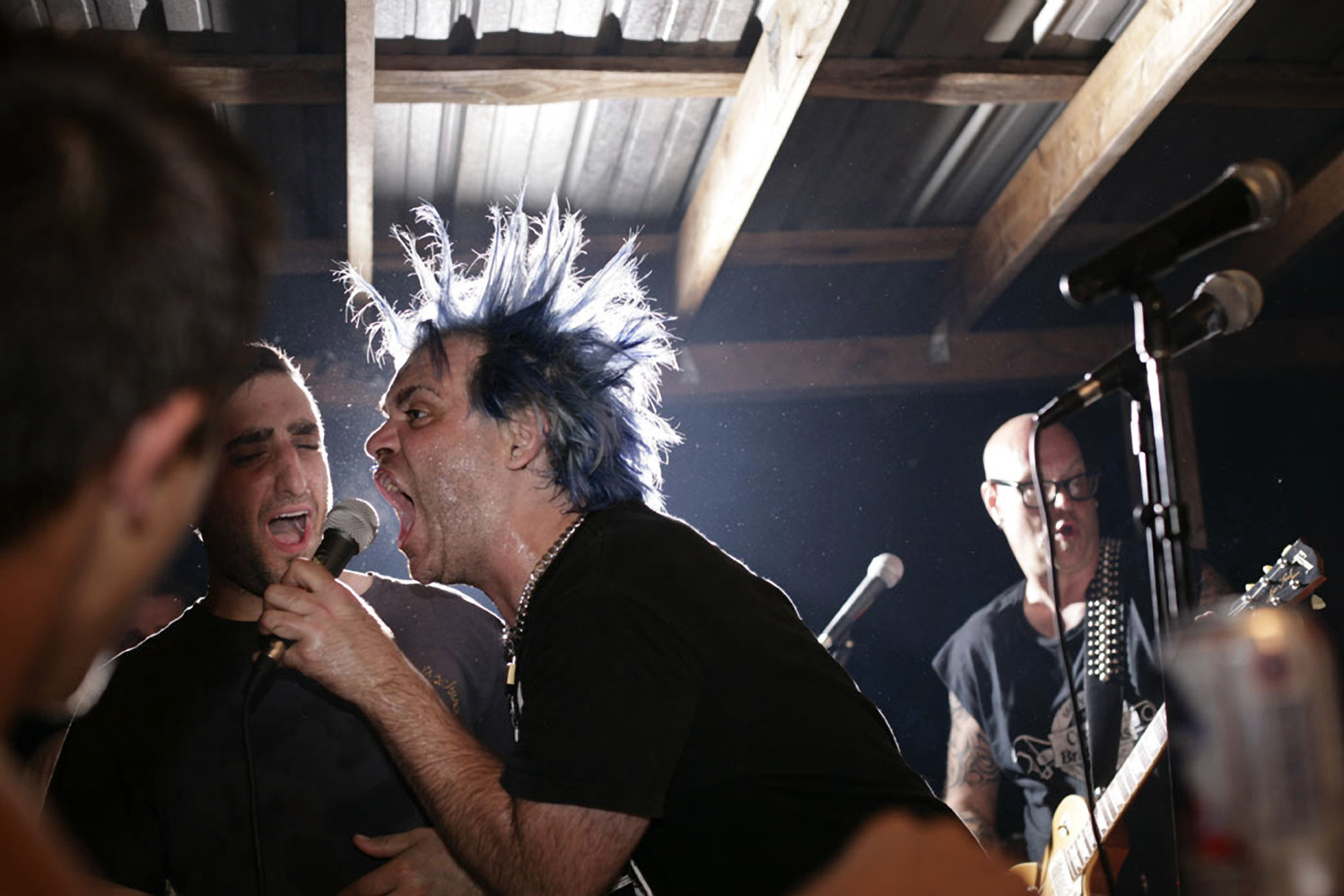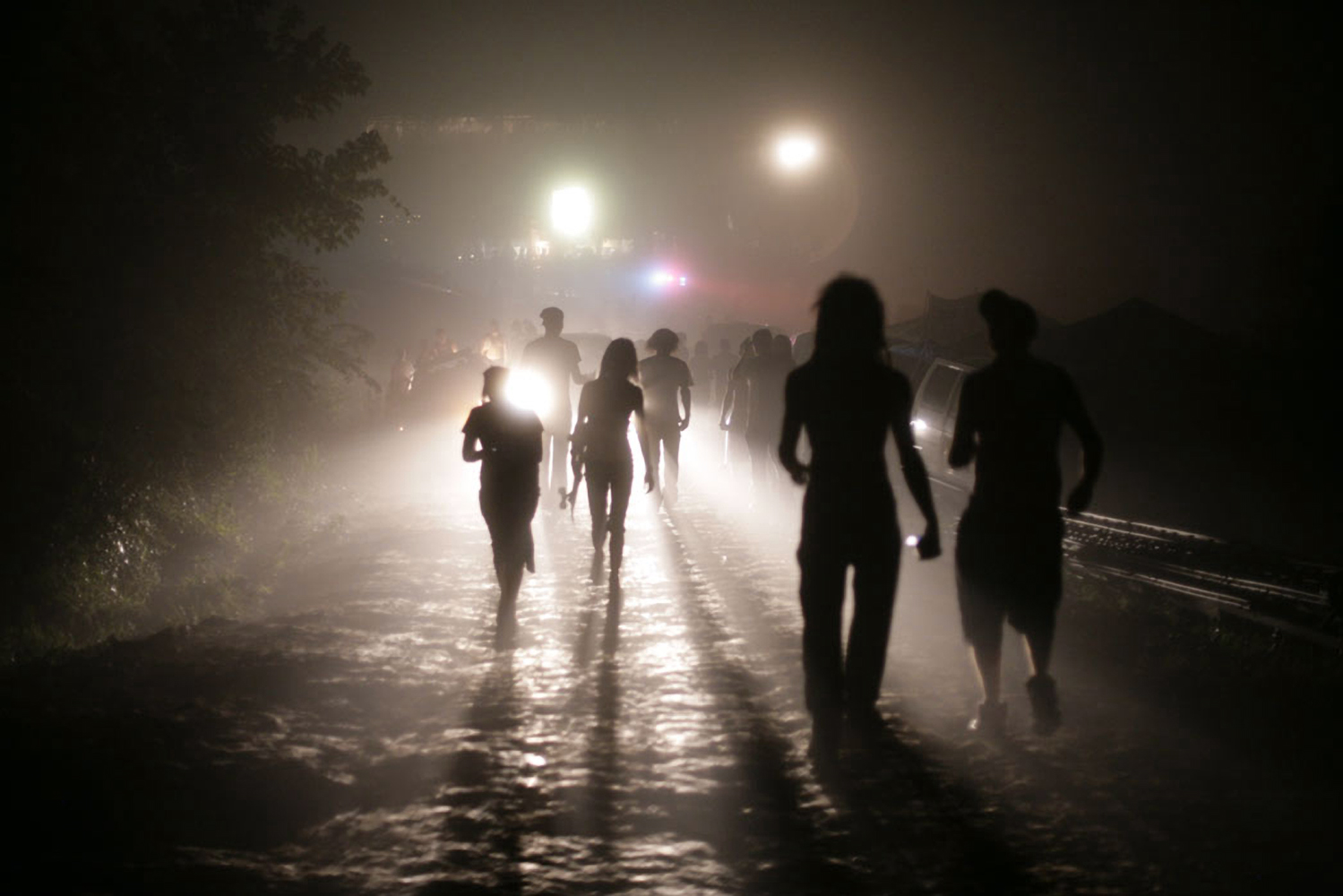DIY distribution – Is a couch tour the right approach for YOUR movie?
I loved reading this because I think it could apply equally to a filmmaker, animator or any other type of storyteller… find your audience, engage them, use their interest and passion to help you reach others. Inspiration!
Essay – The D.I.Y. Book Tour
I arrived early — I’m always early — at a house in Chesterfield, Va., a short drive from Richmond, down the Powhite Parkway. It was the 15th city I’d been to promoting my new book, “The Adderall Diaries.” I had given a reading the night before at a home in a nearby town, and when I mentioned Chesterfield people made sour faces. But I go where I’m invited.
The leaves were changing color, the lawns still green. The small house was on a street filled with similar houses and well-tended front yards. My host explained that she was a nurse at a hospital in Richmond, and Chesterfield was the closest place she could afford. She had just moved in, and there wasn’t much furniture, just 20 white folding chairs not yet arranged.
Soon 19 of her friends showed up, and we spread out into the living room and small kitchen. Many of them also worked at the hospital. One was a professional jujitsu fighter and personal trainer, another a real estate agent. What was most interesting to me was that none of them had ever been to a literary event. Several told me they were big readers, at least a book a week. But when I asked a few of them about their reading habits, they hadn’t heard of the authors who are famous in my world: Lorrie Moore, Roberto Bolaño, Michael Chabon. This is most of America, I thought; I’ve stepped through the door.
I recently wrapped up a 33-city book tour. Originally, my publisher had a standard tour planned for me, bookstores in five large coastal cities. The early reviews were strong, and one friend, a successful author, encouraged me to do a larger tour. But the idea depressed me. “The Adderall Diaries” is my seventh book. I have my following, but I’m not famous. I didn’t want to travel thousands of miles to read to 10 people, sell four books, then spend the night in a cheap hotel room before flying home. And my publisher didn’t have the money for that many hotel rooms anyway.
I decided to try something I hoped would be less lonely. Before my book came out, I had set up a lending library allowing anyone to receive a free review copy on the condition they forward it within a week to the next reader, at their own expense. (Now that a majority of reviews are appearing on blogs and in Facebook notes, everyone is a reviewer.) I asked if people wanted to hold an event in their homes. They had to promise 20 attendees. I would sleep on their couch. My publisher would pay for some of the airfare, and I would fund the rest by selling the books myself.
I had no idea what to expect. When you read in people’s homes you’re reading to a reflection of their world. In Lincoln, Neb., I read in the home of Ember Schrag, a 25-year-old folk-rock musician. She plastered the town with fliers, but the people who came were all in their 20s and into rock ’n’ roll. In Las Vegas I read at Laurenn McCubbin’s house. She’s a painter, and her primary subjects are adult entertainers. Many people in attendance were either artists or sex workers or both.
The people who showed up for these events had usually never heard of me. They came because it was a party at their friend’s house and the friend promised to make those cupcakes they like or was calling in a favor. Nobody wants to give a bad party, and touring this way ensured there would be at least one person other than myself who would be embarrassed if no one showed up.
The readings mostly went very long, over an hour with questions, and people didn’t leave. We were often up discussing until 1 in the morning. An important part of the book is my troubled relationship with my father and what I took to be his confession to murder in an unpublished memoir. (I investigated and found no evidence of any such killing; my father refuses to confirm or deny it.) Following the reading, over a glass of wine or slice of cake or nothing at all, people told me about their own difficult relationships with family members, people they couldn’t forgive or who wouldn’t forgive them. In a weird way the readings began to feel like an extension of the book.
At a reading last month in West Seattle, I sat in a chair in a corner. The attendees surrounded me on a large sectional sofa with extra seats. The host had stacked my books above the mantelpiece. Nobody asked about my writing process, or how to find an agent or a publisher. Unlike at every reading I’ve done for every other book I’ve written, there were no aspiring writers in attendance. One of the guests asked about my mother — why isn’t she a bigger part of the story? I said she was very sick for five years and died when I was 13, which is when I left home.
Reading in people’s homes is a little stressful. With a few exceptions, these were people I’d never met. They usually picked me up at the airport or bus station. Once I arrived I couldn’t really leave. Then I met their friends and I tried to sell them books, like Tupperware, one at a time. All together, I sold about 1,100 books (not counting copies of my older books, which I was also selling) at 73 events. Seven hundred of those were books I purchased wholesale, a few hundred more were sold by local booksellers invited to the readings.
One of the more obvious things I realized is that people with money buy a lot more books. They will buy books out of obligation, just to be polite, because you did a reading in their home, or for a signed souvenir of a fun evening. I did one of the best readings of my life to 40 college students and sold fewer than 10 books. Other nights, at fancier homes, I sold more books than there were people in attendance.
Not everything worked out. At a home in Boston I read to seven people, six of them graduate students. During the discussion one of the students announced, “You must be tired of talking about yourself.” None of the students bought a book, and on the way out the same woman urged me to “keep writing.”
In Chesterfield, after an hour of getting to know one another, we set up the folding chairs and people sat politely in rows. They asked interesting questions about murder and confession and the moment the lie mixes with the truth like red and yellow paint, becoming orange, the original colors ceasing to exist. Afterward people went back to talking, grabbing another drink or a snack. Leaning against the kitchen counter, I thought to myself that they weren’t a standard literary audience: they were better.
Stephen Elliott’s most recent book is “The Adderall Diaries.”
Sign in to Recommend More Articles in Books » A version of this article appeared in print on January 17, 2010, on page BR23 of the New York edition.







